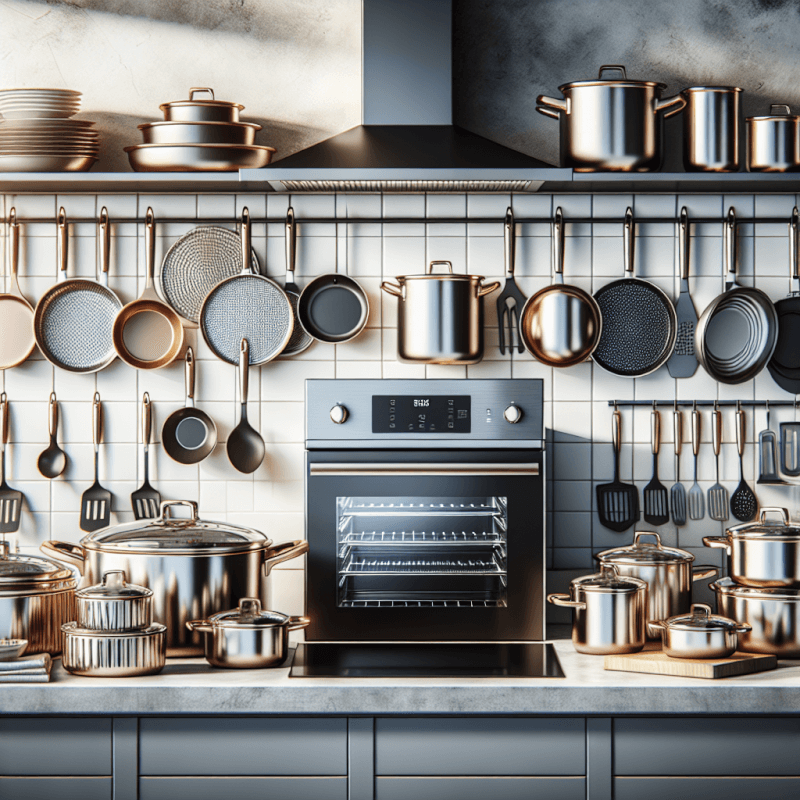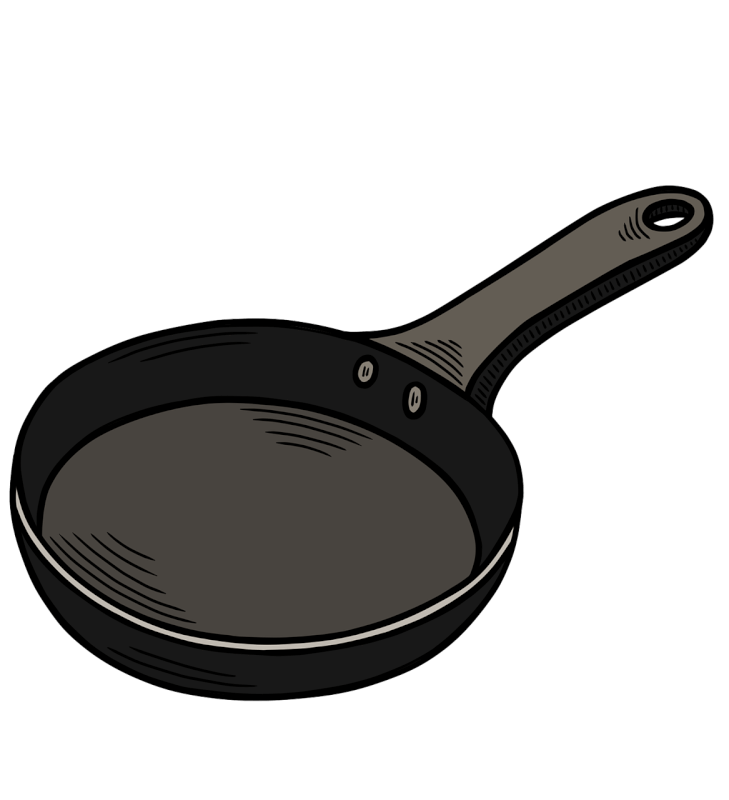Are you tired of using incompatible bakeware in your induction oven? Well, fret no more! We have the perfect solution for you – bakeware specifically designed for induction ovens. Say goodbye to burnt or undercooked dishes and hello to evenly baked perfection. Our high-quality bakeware is carefully crafted to provide optimal heat distribution, ensuring that every corner of your dish receives the same amount of heat for that delicious, golden-brown finish. With our bakeware for induction ovens, you’ll never have to compromise on taste or texture again. So, why wait? Upgrade your baking experience today!
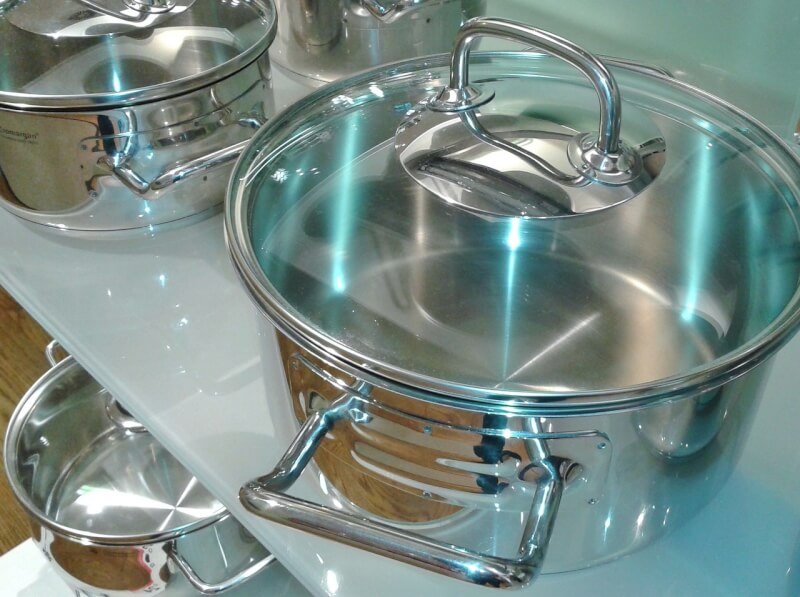
Overview of Induction Ovens
How Do Induction Ovens Work?
Induction ovens are a modern and efficient way of cooking that utilize electromagnetic fields to generate heat directly in the cookware. Unlike traditional ovens that rely on convection or radiant heat, induction ovens heat up the cookware itself, allowing for precise temperature control and quick heating. The key component of an induction oven is the induction coil located beneath the glass cooktop. When the oven is turned on, an electric current passes through the coil, creating a magnetic field. This magnetic field then induces an electric current in the cookware, generating heat. The heat is produced directly in the cookware, resulting in faster cooking times and energy savings.
Advantages of Induction Ovens
There are numerous advantages to using induction ovens in your kitchen. Firstly, induction cooking is incredibly fast and efficient. The heat is instantaneously generated in the cookware, which means it heats up much quicker than traditional ovens. Additionally, the heat is evenly distributed, eliminating hot spots and ensuring that your food cooks evenly. This precise temperature control also allows for greater flexibility in cooking techniques, such as simmering, searing, and deep frying. Induction ovens are also energy-efficient, as they only heat the cookware and not the surrounding air, resulting in lower energy consumption and reduced cooking times. Furthermore, the glass cooktop of the induction oven remains cool to the touch, reducing the risk of burns and making it safe for families with young children. Overall, induction ovens are a convenient and energy-efficient option for modern kitchens.
Considerations When Using Induction Ovens
While induction ovens offer numerous advantages, there are a few considerations to keep in mind when using them. Firstly, induction cooking requires the use of cookware that is compatible with induction technology. Not all types of cookware will work on an induction cooktop, so it is important to choose the right bakeware that is specifically designed for induction use. Additionally, the cost of induction ovens and induction-compatible cookware can be higher compared to traditional options. However, the energy savings and efficient cooking times often make up for this initial investment in the long run. Finally, it is important to be aware of any electromagnetic interference that may occur when using induction ovens. This can sometimes affect certain electronic devices, so it is advisable to keep them at a safe distance from the induction cooktop.
Introduction to Bakeware for Induction Ovens
Understanding Induction-Compatible Materials
When it comes to choosing bakeware for your induction oven, it is essential to understand which materials are compatible with induction technology. Induction-compatible materials are those that have magnetic properties and can effectively conduct heat from the electromagnetic field created by the induction coil. The most common induction-friendly materials include stainless steel, cast iron, ceramic, and certain types of glass. These materials will efficiently transfer heat and ensure optimal cooking performance on your induction cooktop.
Choosing the Right Bakeware for Induction Ovens
When selecting bakeware for your induction oven, there are a few factors to consider. First and foremost, it is crucial to ensure that the bakeware is flat-bottomed and has a smooth surface. This allows for better contact with the induction coil, resulting in more efficient heat transfer. It is also important to choose bakeware with sturdy and well-insulated handles, as the cookware may become hot during cooking. Furthermore, consider the size and shape of the bakeware, ensuring that it fits comfortably in your oven and allows for even heat distribution. Lastly, take into account any specific cooking needs or preferences you may have, such as nonstick coatings or the ability to use the bakeware on other types of cooktops.
Common Types of Induction-Friendly Bakeware
There are several types of bakeware that are well-suited for use with induction ovens. Let’s explore some of the most common options:
Induction-Safe Steel Pans
Stainless steel pans are a popular choice for induction cooking. They are durable, resistant to rust and corrosion, and offer excellent heat conductivity. Look for stainless steel pans that have a magnetic base, as this ensures compatibility with induction cooktops. Stainless steel pans are versatile and suitable for a wide range of cooking tasks, from sautéing vegetables to searing meat.
Induction-Ready Cast Iron Cookware
Cast iron cookware has been used for centuries and is known for its superior heat retention and even heating. Many cast iron pans and Dutch ovens are induction-friendly, making them an excellent choice for induction ovens. Cast iron requires some maintenance to keep it seasoned and prevent rusting, but the effort is well worth it for the exceptional cooking results it provides.
Induction-Suitable Ceramic Baking Dishes
Ceramic bakeware is an attractive option for both cooking and serving. While not all ceramic dishes are induction-compatible, there are specific types that are designed to work on induction cooktops. Look for ceramic bakeware that has a magnetic base or is labeled as induction-safe. Ceramic bakeware offers excellent heat retention and is perfect for baking casseroles, gratins, and desserts.
Induction-Compatible Glass Bakeware
Glass bakeware is a common sight in many kitchens, and some types are suitable for use with induction ovens. Look for glass dishes that have a magnetic base or are specifically labeled as induction-compatible. Glass bakeware is great for baking and allows for easy monitoring of the cooking process. However, it is important to handle glass bakeware with care to prevent breakage or thermal shock.
1. Understanding Induction-Compatible Materials
Materials That Work Best with Induction Ovens
To ensure optimal performance on your induction cooktop, it is essential to choose cookware that is made from materials with magnetic properties. The most commonly recommended materials for induction cooking include stainless steel, cast iron, and specific types of magnetic alloys. These materials respond well to the electromagnetic field generated by the induction cooktop, resulting in efficient and consistent heat transfer. Additionally, copper and aluminum cookware can be used on induction cooktops if they have a magnetic base or are layered with a magnetic material.
Avoiding Non-Induction Friendly Materials
When using an induction oven, it is crucial to avoid cookware made from materials that are not compatible with induction technology. Non-induction friendly materials include pure aluminum, uncoated copper, and certain types of glass or ceramic cookware. These materials do not have the necessary magnetic properties to generate heat effectively on an induction cooktop. Using non-induction compatible cookware can result in inefficient heating, uneven cooking, and even damage to the cookware or cooktop. Always check the manufacturer’s specifications or consult the product’s labeling to ensure that your cookware is suitable for induction cooking.
2. Choosing the Right Bakeware for Induction Ovens
Considerations for Heat Distribution
When selecting bakeware for your induction oven, one important consideration is how it distributes heat. Proper heat distribution ensures that your food cooks evenly and avoids hot spots. Look for bakeware that has a flat and thick bottom, which promotes uniform heat distribution. Avoid pans with thin or warped bottoms, as they may not heat evenly, resulting in unevenly cooked or burnt food. Additionally, choose bakeware with sidewalls that are thick enough to retain and distribute heat effectively.
Weight and Durability
Another factor to consider when choosing bakeware for your induction oven is the weight and durability of the cookware. Heavy-duty bakeware tends to have more even heat distribution and is less likely to warp or deform when exposed to high temperatures. However, it is important to strike a balance between weight and your own comfort in handling the bakeware. Consider the weight of the bakeware before making a purchase to ensure that it is suitable for your needs.
Nonstick Coatings and Induction Ovens
Nonstick coatings can be a convenient feature when it comes to cooking and cleaning, but not all nonstick coatings are compatible with induction cooking. Some nonstick coatings contain materials that do not respond well to induction technology and may be damaged or lose their nonstick properties when used on an induction cooktop. If you prefer nonstick bakeware, look for options specifically labeled as induction-compatible. These items are designed to withstand the heat generated by induction cooktops without compromising the nonstick properties.
Compatibility with Induction Cookware
It is worth considering whether your bakeware is compatible with other induction cookware in your kitchen. If you already own induction-compatible cookware, it may be beneficial to choose bakeware from the same brand or line to ensure compatibility and consistent performance. Some brands offer sets or collections that include both cookware and bakeware specifically designed for induction use. This can streamline your cooking experience and ensure that all of your induction-compatible items work seamlessly together.
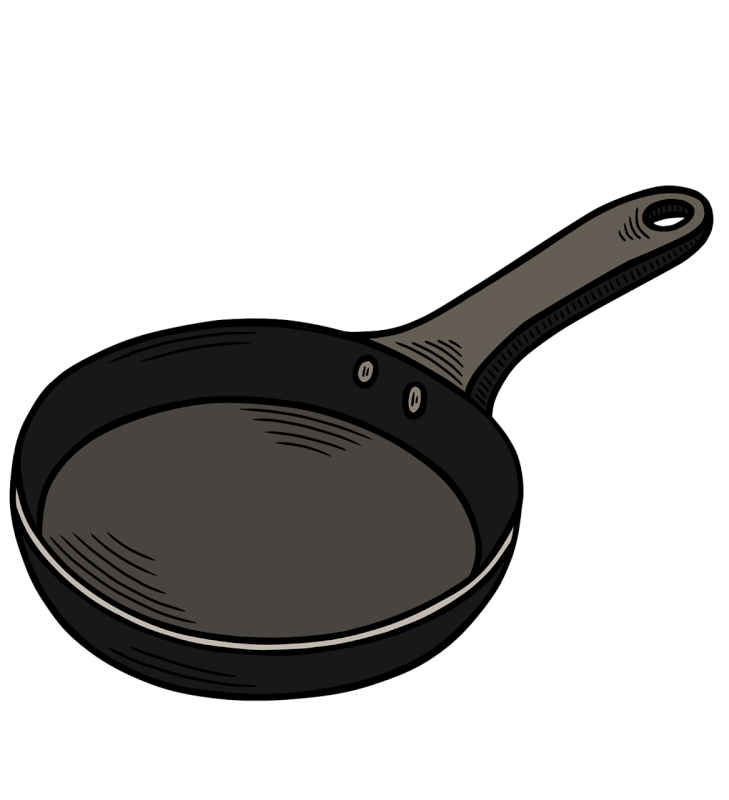
3. Common Types of Induction-Friendly Bakeware
Induction-Safe Steel Pans
Stainless steel pans are a staple in most kitchens and are an excellent choice for induction cooking. Look for stainless steel pans with a magnetic base to ensure compatibility with induction cooktops. Stainless steel pans are durable, resistant to rust and corrosion, and offer excellent heat conductivity. They are suitable for a wide range of cooking tasks and come in various sizes, allowing you to choose the perfect pan for your needs.
Induction-Ready Cast Iron Cookware
Cast iron cookware has a long-standing reputation for its superior heat retention capabilities and outstanding heat distribution. Many cast iron pans, skillets, and Dutch ovens are induction-friendly, making them a fantastic option for induction ovens. Cast iron cookware is known for its longevity and ability to develop a natural nonstick surface with proper seasoning. From frying chicken to baking cornbread, cast iron cookware is versatile and adds depth and flavor to your culinary creations.
Induction-Suitable Ceramic Baking Dishes
Ceramic bakeware is a popular choice for baking, and there are specific types that are suitable for use on induction cooktops. Look for ceramic dishes with a magnetic base or those labeled as induction-safe. Ceramic bakeware offers excellent heat retention and even baking, making it perfect for dishes like casseroles, gratins, and desserts. Additionally, ceramic bakeware comes in a variety of colors and designs, allowing you to add a touch of style to your kitchen.
Induction-Compatible Glass Bakeware
Glass bakeware is commonly used in kitchens due to its transparency and ease of use. While not all glass dishes are suitable for induction ovens, there are specific types that are designed to work on induction cooktops. Look for glass bakeware with a magnetic base or those specifically labeled as induction-compatible. Glass bakeware can withstand high temperatures and provides excellent heat conduction, ensuring that your dishes are evenly baked. It is important to handle glass bakeware with care, as it can break or shatter when exposed to extreme temperature changes.
4. Tips for Optimal Performance and Safety
Preheating the Bakeware
When using bakeware in your induction oven, it is generally recommended to preheat the bakeware before adding the ingredients or placing it in the oven. Preheating allows the bakeware to reach the desired temperature and ensures that your food cooks evenly from the start. Preheating also minimizes the risk of food sticking to the bakeware and promotes better browning and crisping. Follow the manufacturer’s instructions or recipe guidelines for the recommended preheating time and temperature.
Using Proper Utensils for Induction Bakeware
To protect your induction bakeware and prolong its lifespan, it is essential to use the appropriate utensils during cooking. Avoid using metal utensils that can scratch or damage the nonstick coating of your bakeware. Instead, opt for silicone, wood, or nylon utensils that are designed to be gentle on the bakeware’s surface. These utensils are less likely to leave marks or scratches, ensuring that your bakeware remains in good condition for years to come.
Cleaning and Maintenance
Proper cleaning and maintenance are crucial for keeping your induction bakeware in optimal condition. After each use, allow the bakeware to cool before cleaning it. Avoid using abrasive cleaners or harsh scrubbing pads that can damage the surface of the bakeware. Instead, use a gentle dish soap and a soft sponge or cloth to remove any residue. Dry the bakeware thoroughly before storing it to prevent moisture buildup and potential rusting. Follow the manufacturer’s instructions for specific care recommendations, as some bakeware may have specific cleaning or maintenance requirements.
Avoiding Extreme Temperature Changes
To prevent thermal shock and potential damage to your induction bakeware, it is important to avoid extreme temperature changes. Avoid placing cold bakeware directly onto a hot induction cooktop or transferring hot bakeware into a cold sink. These sudden temperature changes can cause the bakeware to warp, crack, or shatter. Instead, allow the bakeware to gradually adjust to room temperature before exposing it to significant temperature changes. This will help ensure that your induction bakeware remains in top condition and can be used for many years to come.
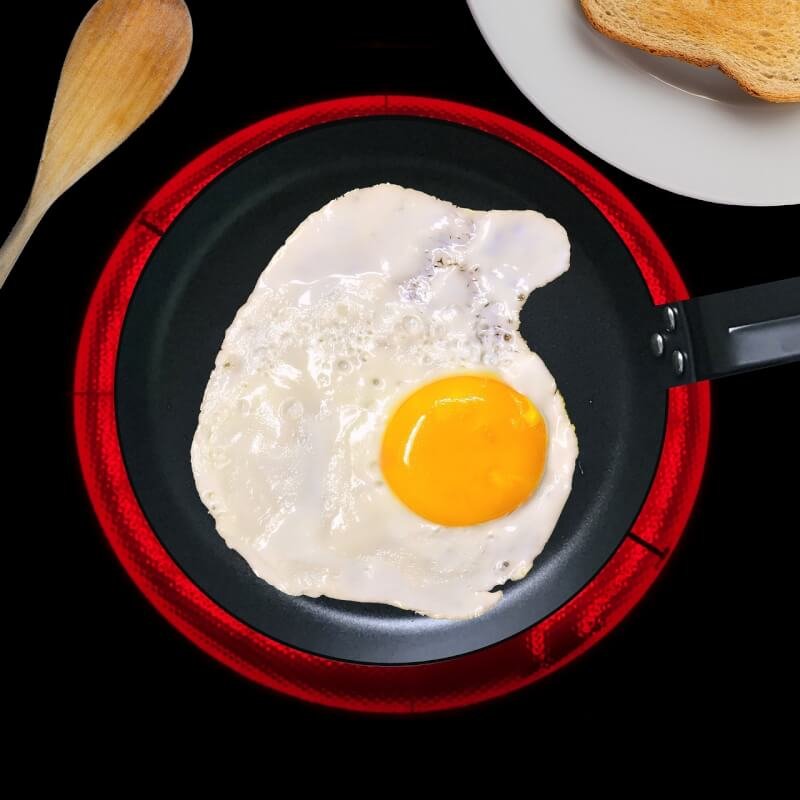
5. Recommendations and Top Brands
Top Brands of Induction Bakeware
When it comes to choosing bakeware for your induction oven, there are several top brands known for their quality and compatibility with induction technology. Some of the leading brands include:
All-Clad: Known for their premium stainless steel cookware, All-Clad also offers a range of induction-friendly bakeware. Their products are renowned for their durability, even heat distribution, and professional performance.
Lodge: Lodge is a trusted brand in cast iron cookware and offers a variety of induction-friendly options. Their seasoned cast iron pans and Dutch ovens are perfect for achieving excellent heat retention and creating flavorful dishes.
Emile Henry: Emile Henry specializes in ceramic bakeware and offers a selection of induction-compatible dishes. Their ceramic baking dishes are known for their beauty, durability, and ability to produce even and consistent results.
Best-Selling Induction Cookware Sets
If you’re looking to equip your kitchen with a complete set of induction-friendly cookware, consider investing in one of the best-selling induction cookware sets. These sets typically include various pots, pans, and sometimes additional pieces like lids or utensils. Some popular induction cookware sets include:
T-fal Ultimate Stainless Steel Cookware Set: This 13-piece set is made from stainless steel with a multi-layer base for even heat distribution. It includes fry pans, saucepans, a stockpot, and more, all compatible with induction cooktops.
Cuisinart Multiclad Pro Stainless Steel Cookware Set: This 12-piece set is made from professional-grade stainless steel and features heat surround technology for optimal heat distribution. It includes saucepans, skillets, a stockpot, and more, all suitable for induction cooking.
GreenLife Ceramic Nonstick Cookware Set: This 16-piece set features a ceramic nonstick coating and includes fry pans, saucepans, a stockpot, and more. The cookware has a reinforced base for better heat distribution, making it suitable for induction cooktops.
Customer Reviews and Ratings
When considering which bakeware to purchase for your induction oven, it can be helpful to read customer reviews and ratings. Online retailers or dedicated cookware websites often feature customer reviews that provide insights into the performance, durability, and overall satisfaction of the products. Take the time to read a variety of reviews to get a well-rounded understanding of the bakeware’s strengths and weaknesses. Additionally, pay attention to the overall ratings of the bakeware, as higher-rated products are generally more likely to provide a positive cooking experience.
Conclusion
In conclusion, bakeware for induction ovens plays a crucial role in achieving optimal cooking results. Understanding induction-compatible materials, choosing the right bakeware, and considering heat distribution are all important factors to keep in mind. Stainless steel pans, cast iron cookware, ceramic baking dishes, and induction-compatible glass bakeware are among the common types of bakeware suitable for use with induction ovens. Following tips for optimal performance and safety, as well as considering top brands and customer reviews, will help you make informed choices when purchasing induction bakeware. By selecting the right bakeware and enjoying the benefits of induction cooking, you can elevate your culinary skills and create delicious meals with ease.
